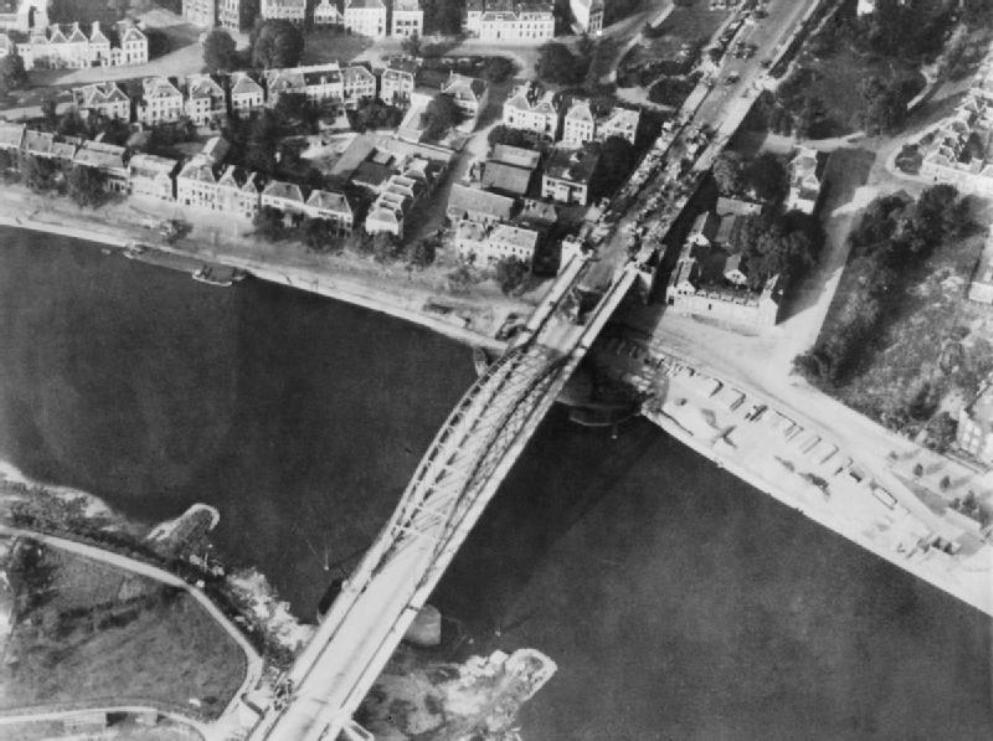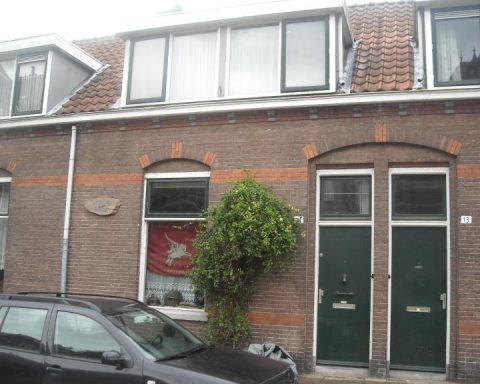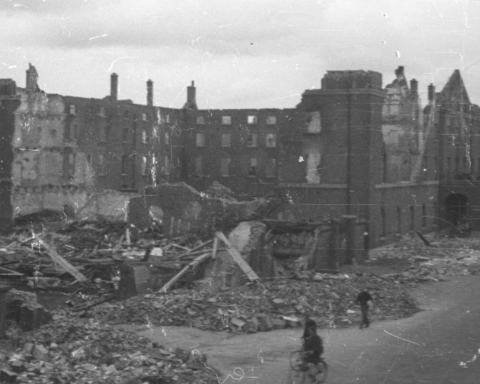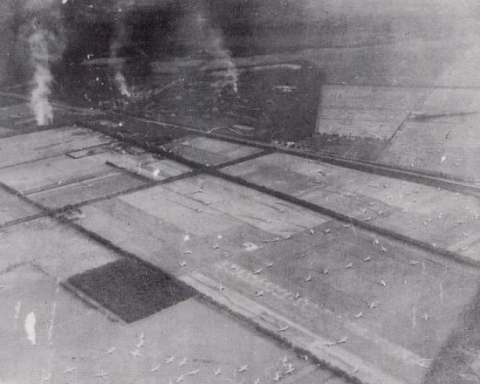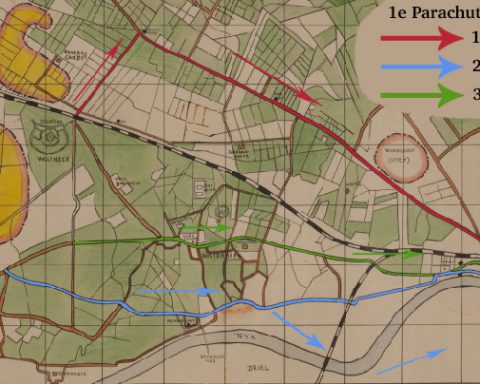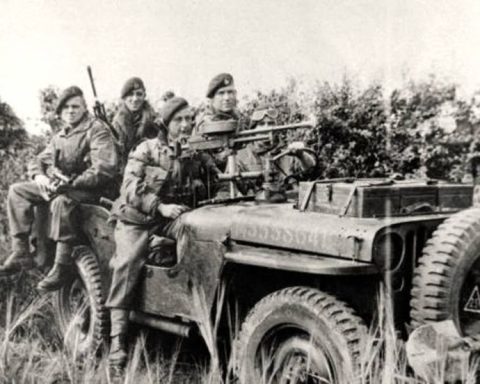The early morning of Monday, September 18. That was the last moment when it was quiet for the British at the Rhine Bridge. But from half past nine in the morning there was almost continuous fighting at the bridge.
Because the British army units could not maintain contact with each other via radios , the paratroopers at the Rhine Bridge did not know for a long time how the battle was going. It was already clear to the 2nd Battalion that there were many more Germans present in Arnhem than the British army leadership had told them.
To gain more insight into the situation, Colonel John Frost sent a reconnaissance patrol led by Captain Killick through the Weerdjesstraat to the west on Monday morning, September 18, to see if contact could be made with other British army units.
The reconnaissance patrol returned with disappointing news: British troops were not in sight, but the fire of heavy fighting could be heard from the west of Arnhem.
Shortly afterwards the sound of armored vehicles came from the south side of the Rhine Bridge. The British briefly hoped that these were the first Allied ground troops to advance from the south. However, it turned out to be the 9th SS-Aufklärung-Abteilung led by Viktor Gräbner . The 22 armored vehicles from this German SS battalion were destroyed by Frost’s troops when they crossed the Rhine Bridge.
Blitztransporte
Almost immediately afterwards, a ring of German troops formed around the British perimeter near the bridge. Those troops consisted mainly of SS soldiers from the 9th Armored Division. The troops were supplemented with the first tanks that the German army leadership had sent to Arnhem that night via so-called blitztransporte .
Because the Germans did not know the exact strength of the troops at the bridge, nor did they know exactly which buildings were occupied by the British, the first attacks by the Germans were mainly of an exploratory nature.
The Germans still underestimated the capabilities of the British paratroopers to take on tanks. A Mark III tank and a Mark IV tank penetrated via the Marktstraat to the east of the bridge and under the ramp to the Rhine Bridge. There the tanks were fired upon by an anti-tank gun. Lieutenant Arvian Llewelyn-Jones describes what happened next:
“The legs of the gun carriage were not against a curb or other solid support point. The gun was aimed, the order was given to fire, and then the recoil shot the gun back at least fifty yards.”
The German tank that had been shot at was hit, but the tank was otherwise undamaged. Ultimately, both tanks would be destroyed in the attack. A tank was destroyed by an anti-tank gun. The other tank was probably put out of action by a PIAT gun; the English version of the Panzerfaust.
The German attacks on the bridge that day concentrated on the eastern side of the British perimeter. Two buildings on the eastern edge of the British sector had to be surrendered by the British. The Germans came no further.
Hand grenades
Another incident took place in the dark that cost the lives of many Germans. A German army unit had apparently mistaken its position in the dark. The soldiers gathered, talking softly, next to a house occupied by the British. The surprised British acted immediately.
Soldier Len Wright reports in Martin Middlebrook’s book ‘Arnhem’:
“We were ready with hand grenades. We had enough. Then Major Lewis shouted “Fire!” and everyone in the rooms on that side threw hand grenades through the window and opened fire on the Germans among us. It took about fifteen minutes. When it became light, we saw that there were a lot of bodies, probably eighteen or twenty.”
The Germans had suffered heavy losses that day. A total of three tanks, plus almost the entire column that had crossed the bridge from the south, were destroyed by the British that day. All German attacks had been repulsed by the British.
The exact losses on the British side at the bridge on Monday, September 18 are not known, but the best estimate is that ten British soldiers were killed and thirty soldiers were injured at the bridge that day.
Tuesday, September 19, would be considerably more difficult for the British at the bridge…

